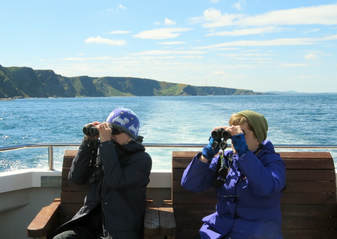 Male redstart singing on whitebeam
Male redstart singing on whitebeam A male redstart sang on his favourite branch with whitebeam now in leaf. An interlude I see here each spring. Welsh Black cows grazed peacefully along the escarpment edge. There are clumps of mountain everlasting, distributed more widely across Scout Scar by the cattle's grazing. Tiny milkwort flowers of cobalt blue and the cliff-face is a mass of hoary rock rose.








 RSS Feed
RSS Feed